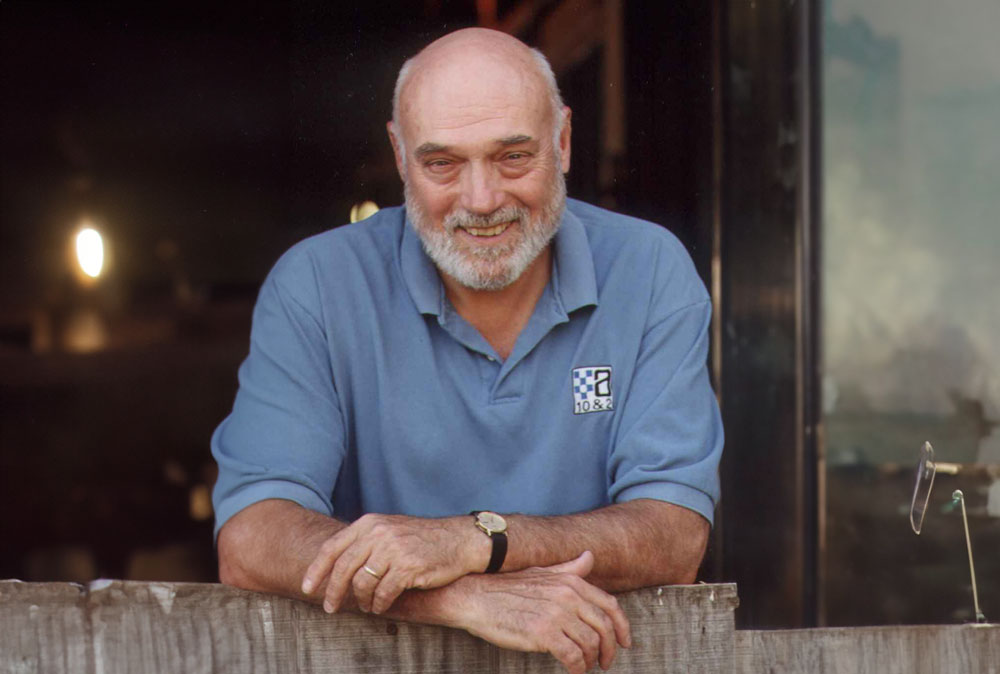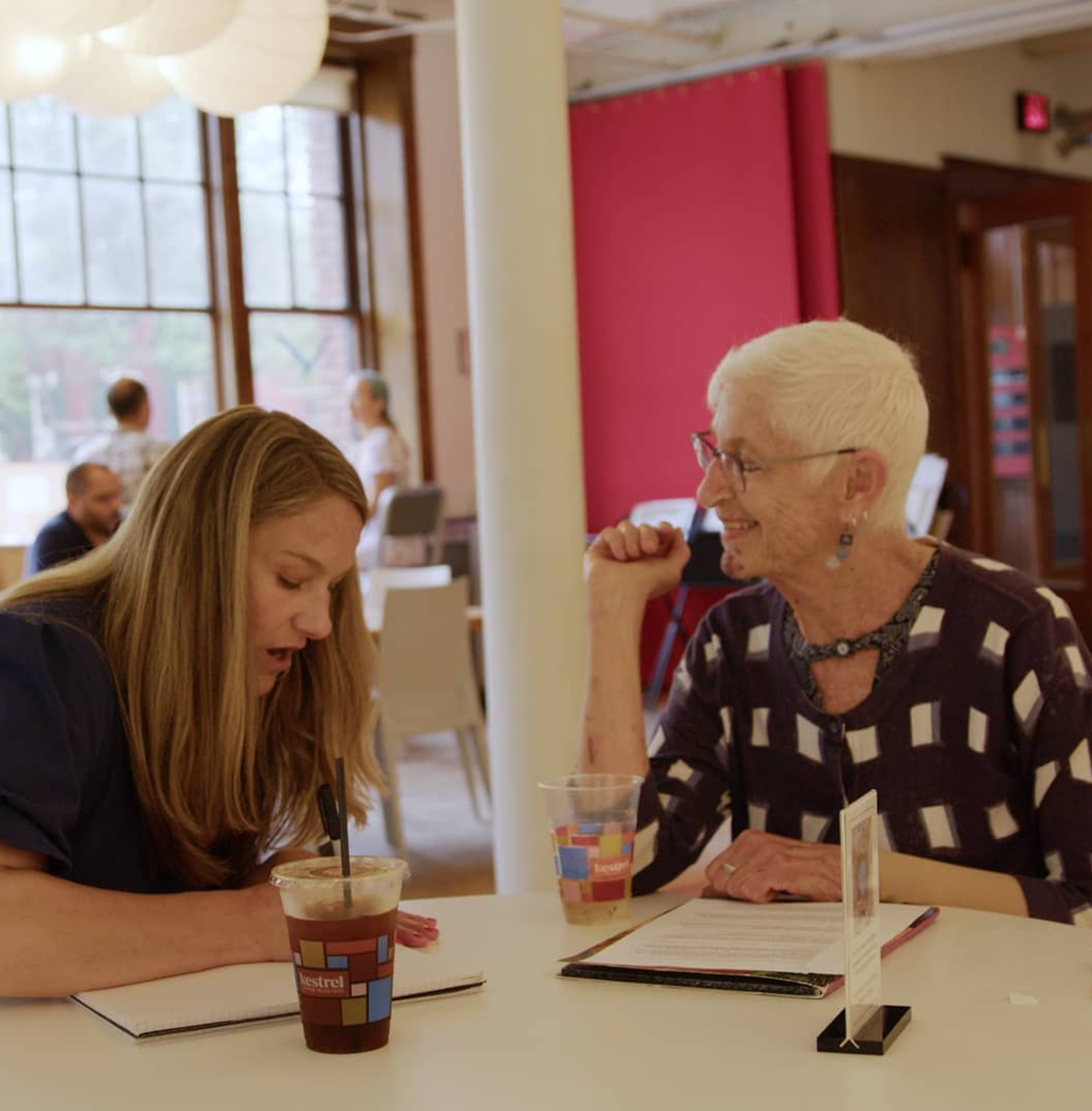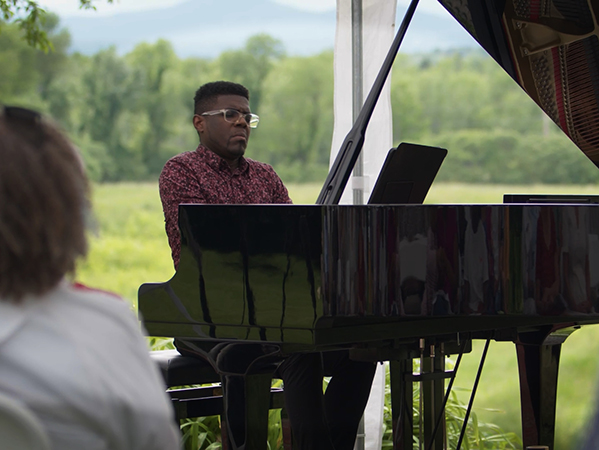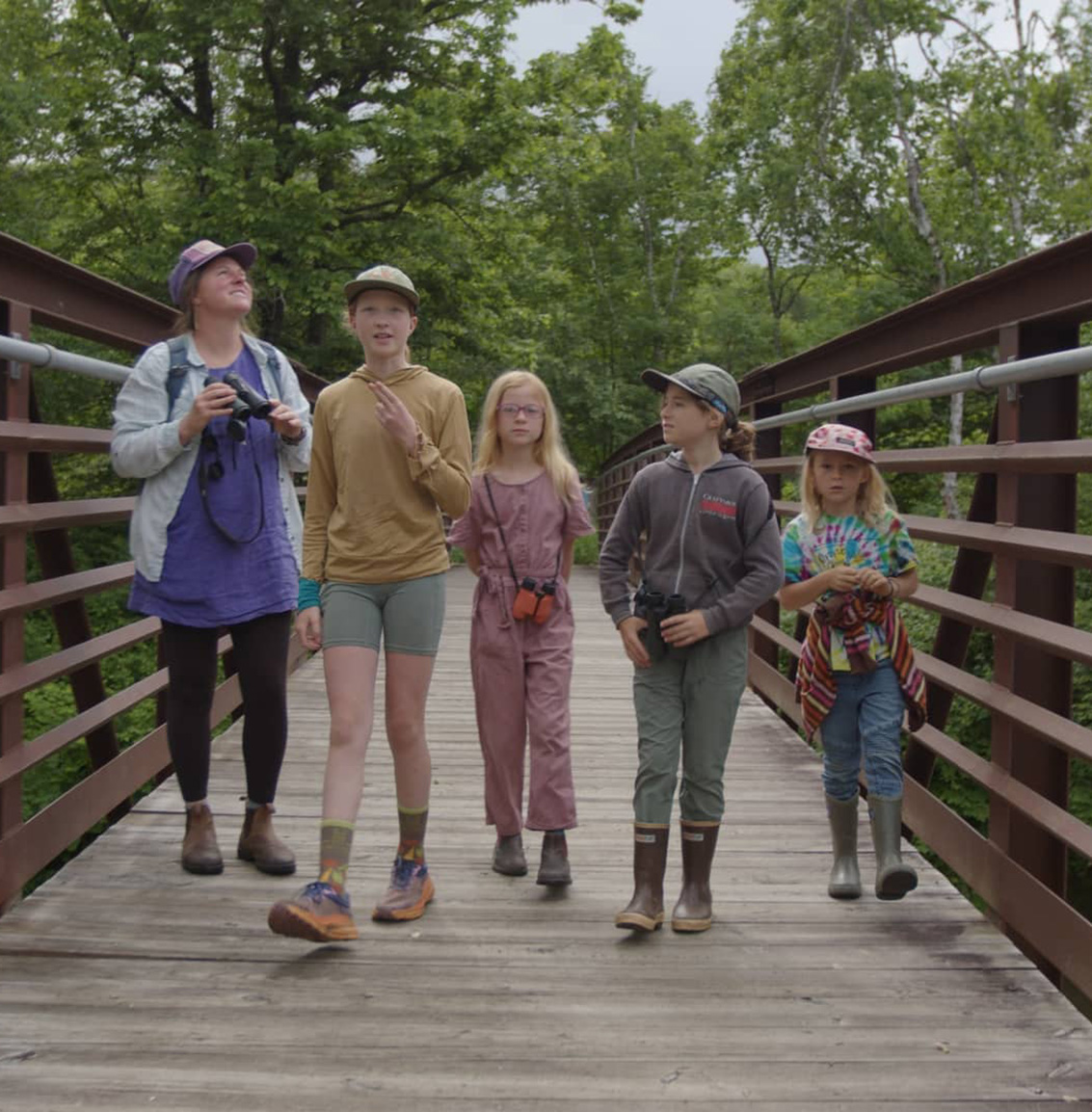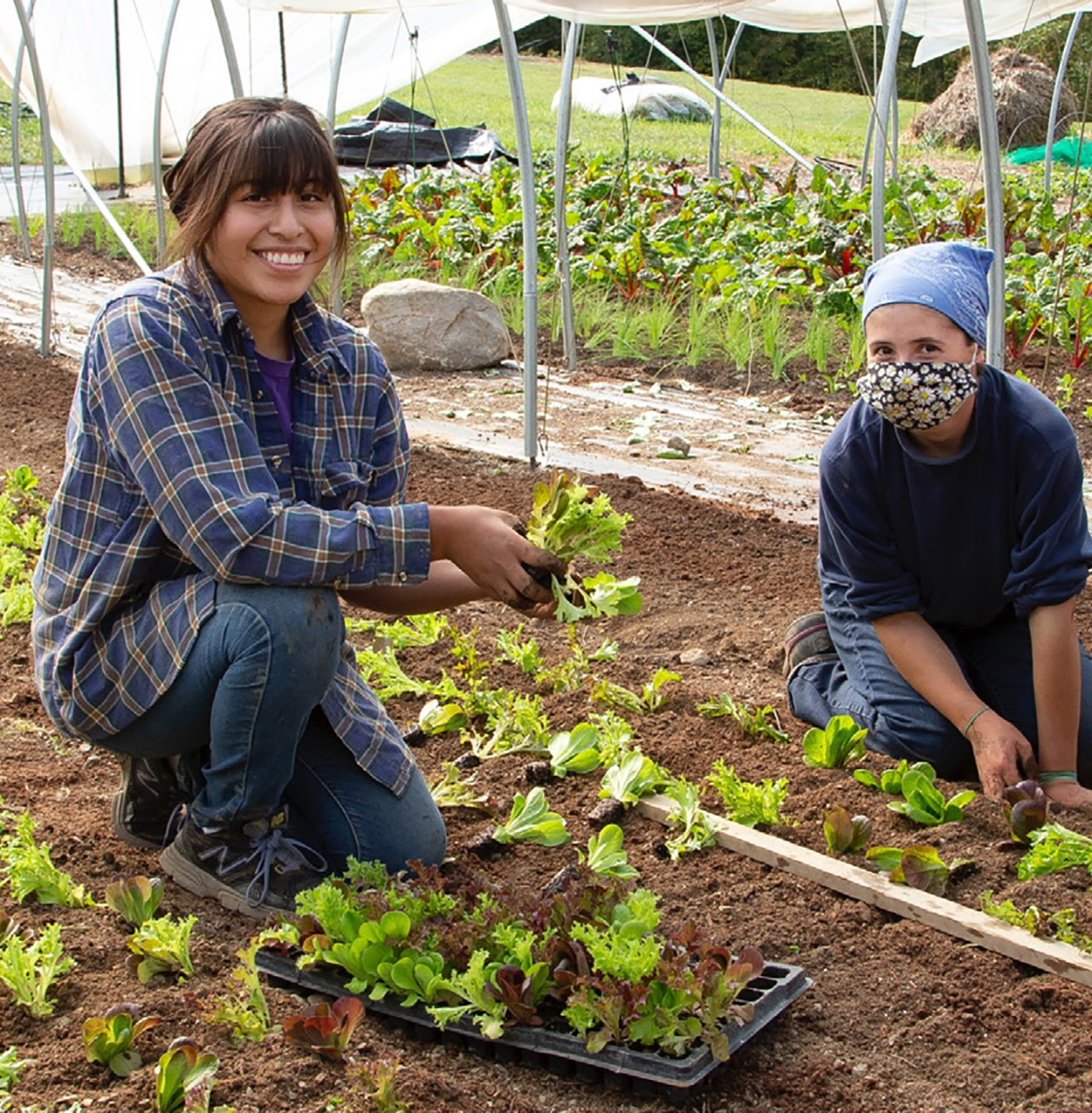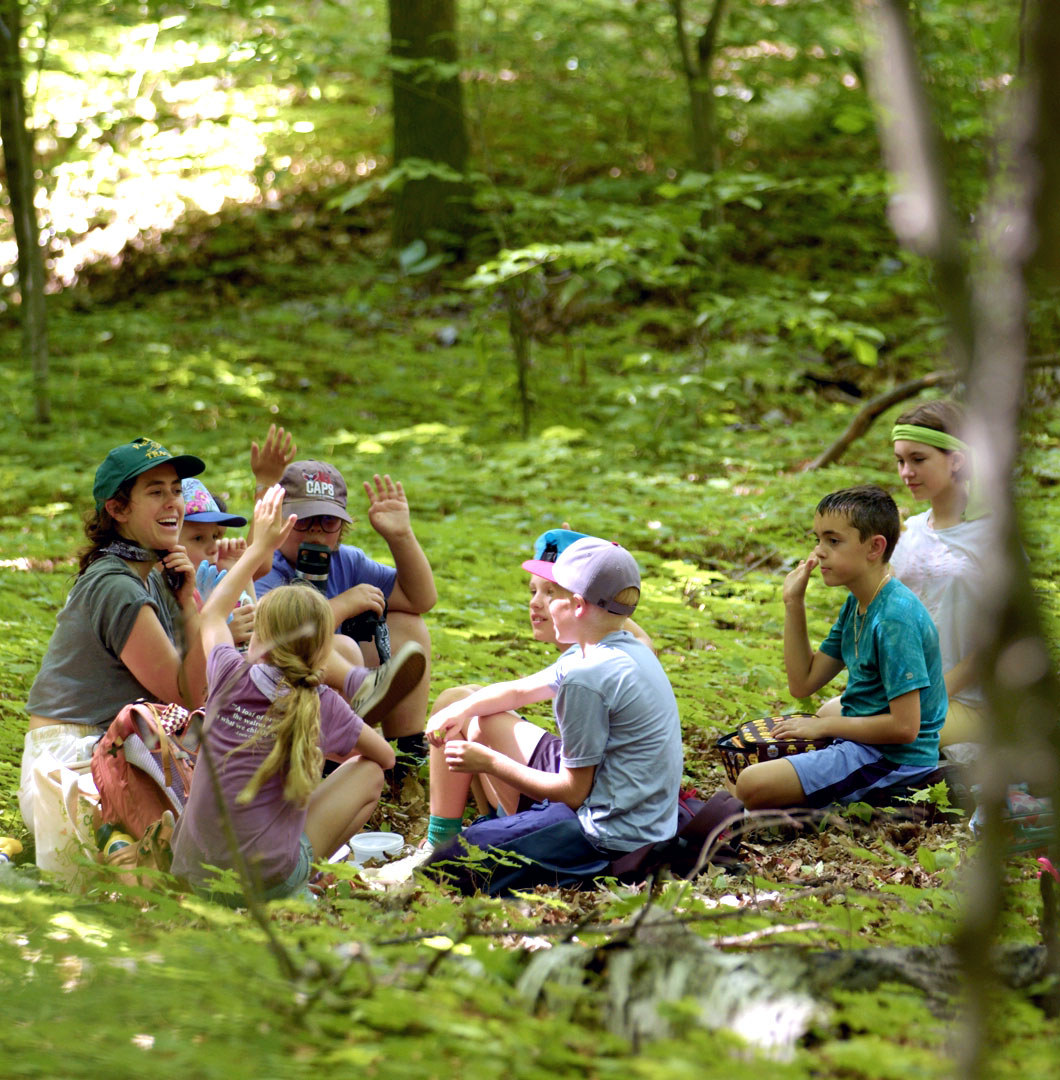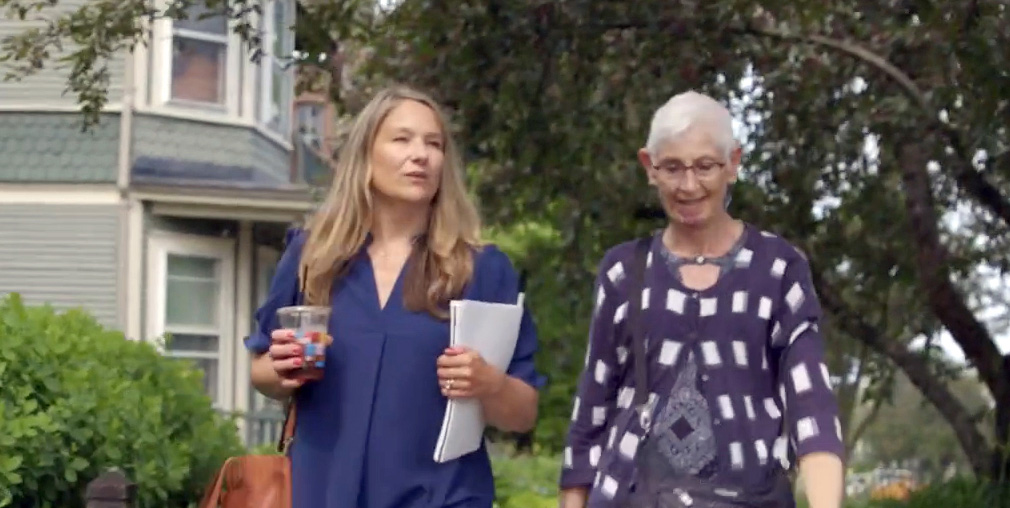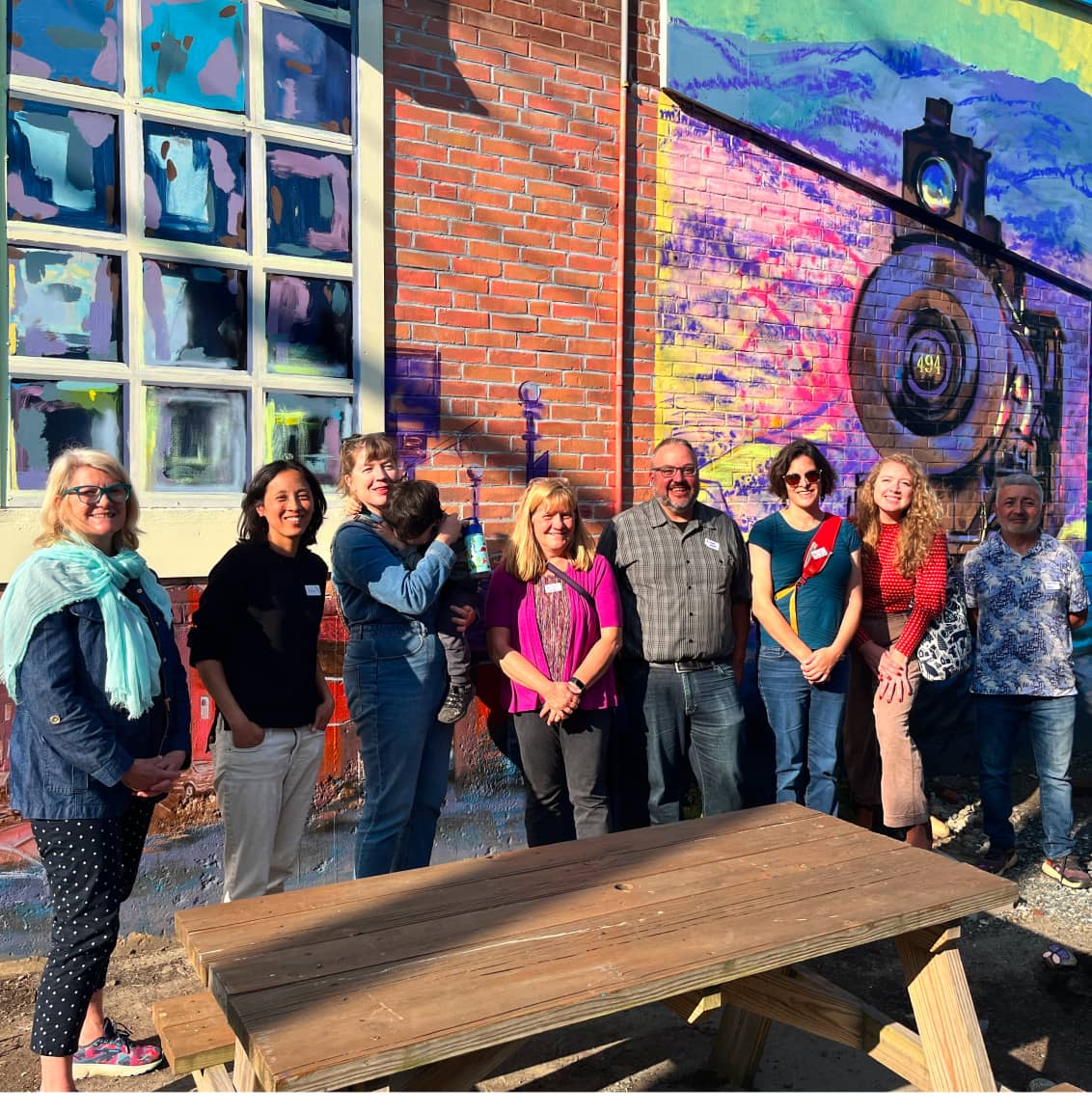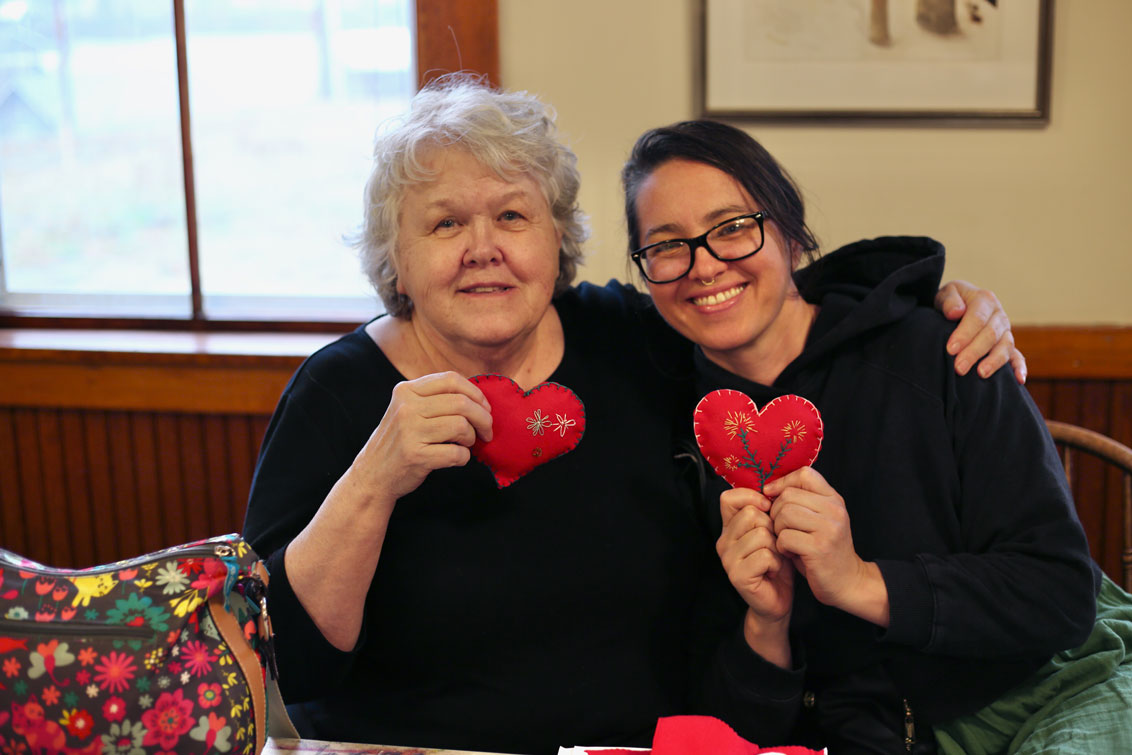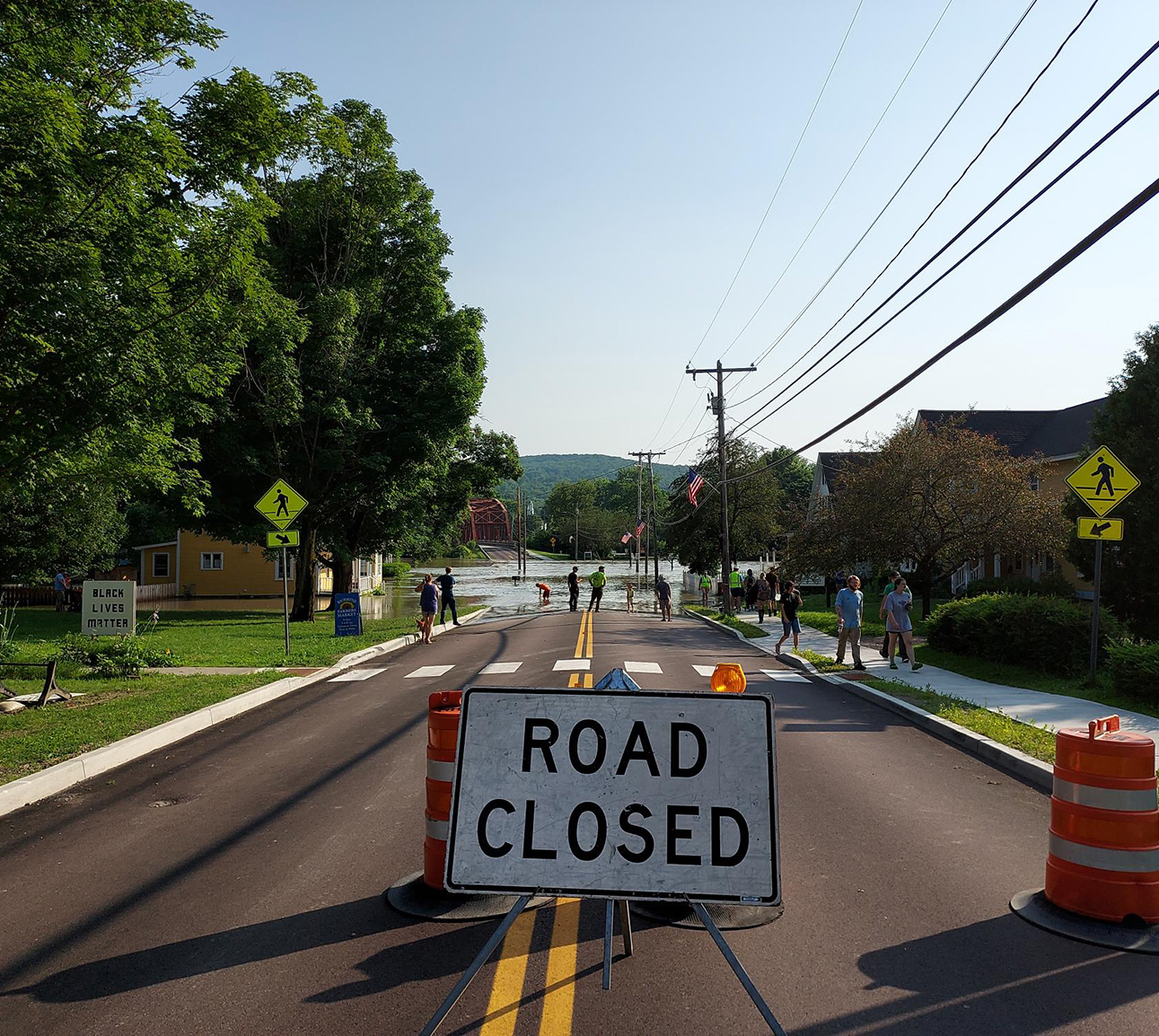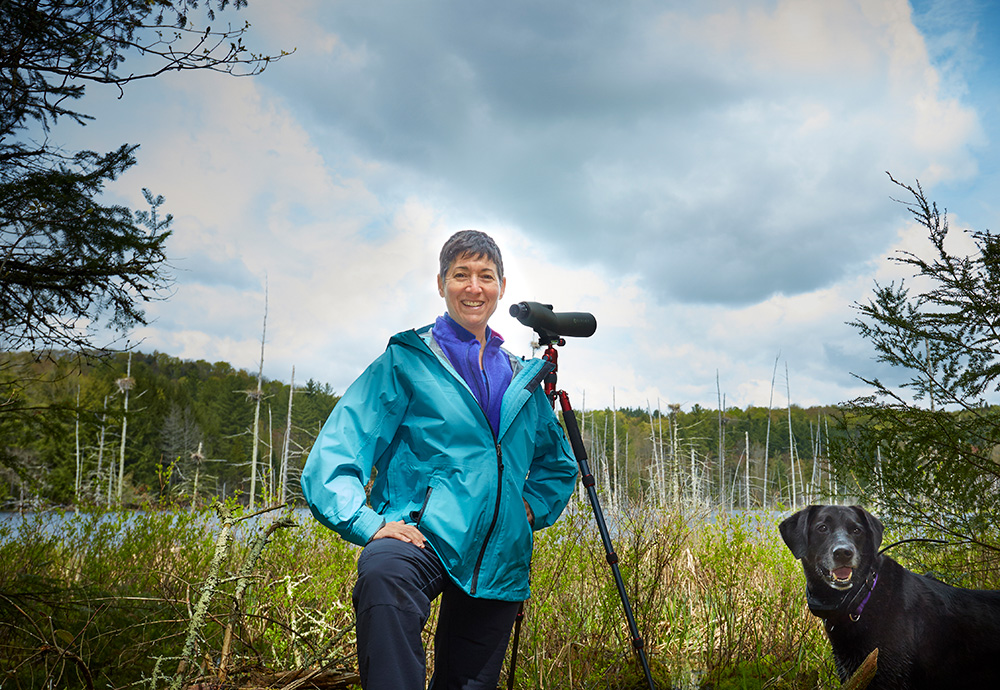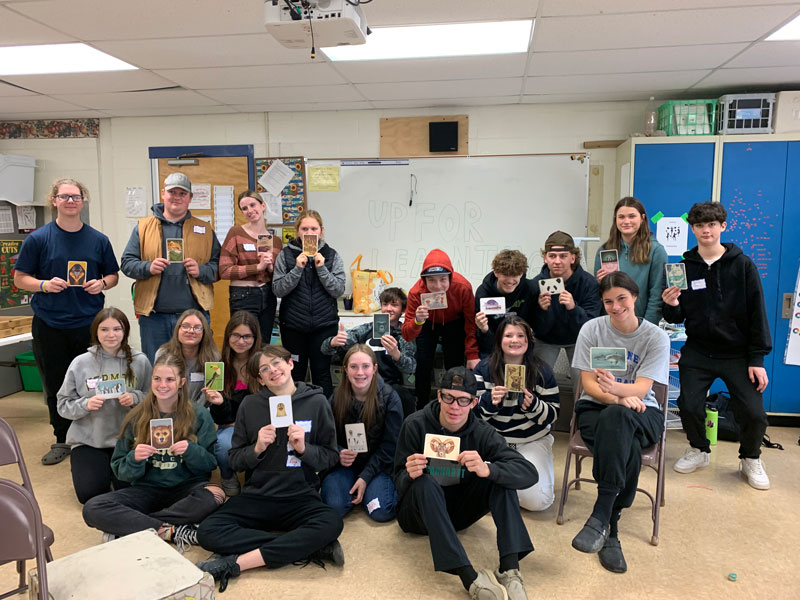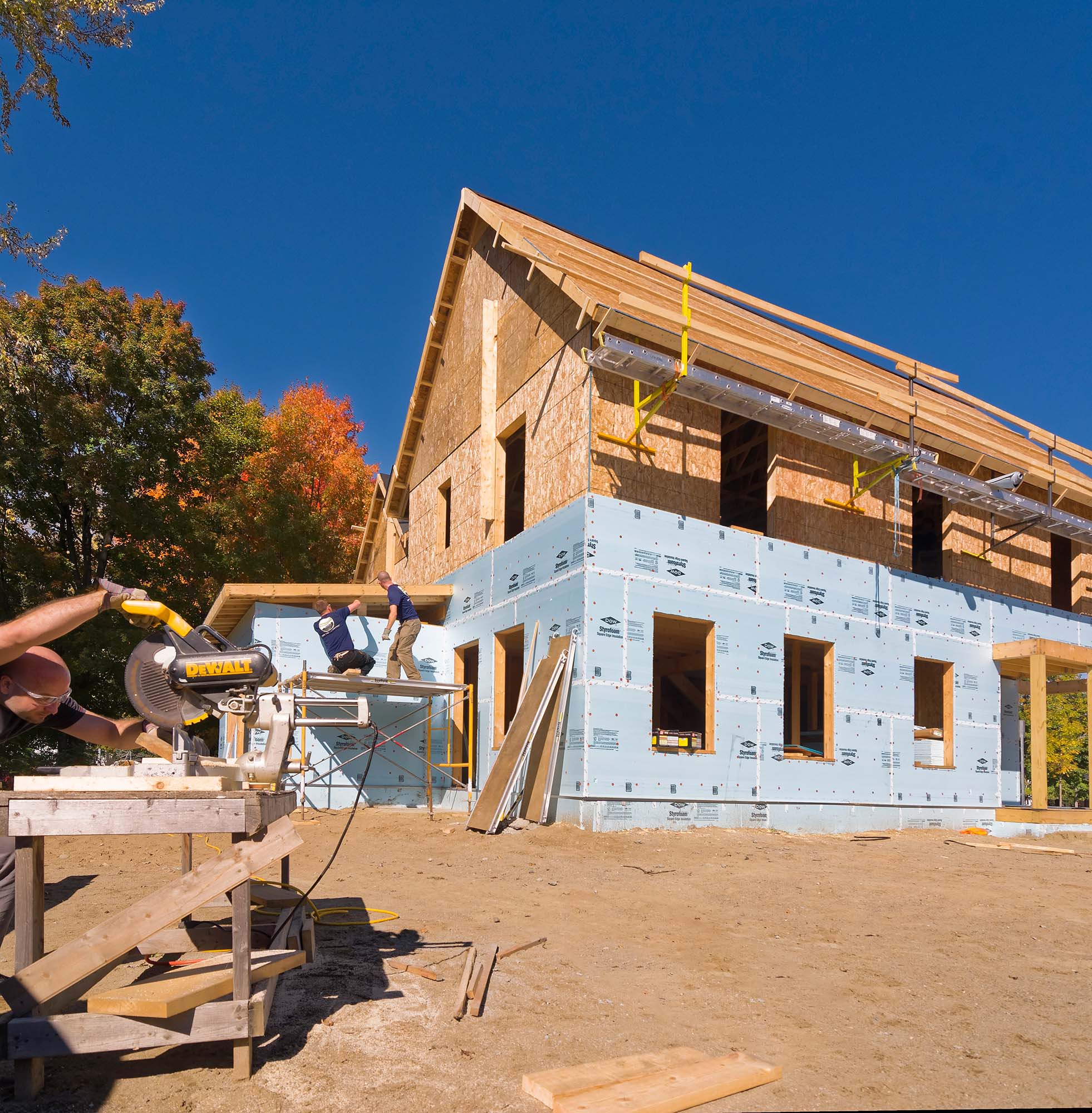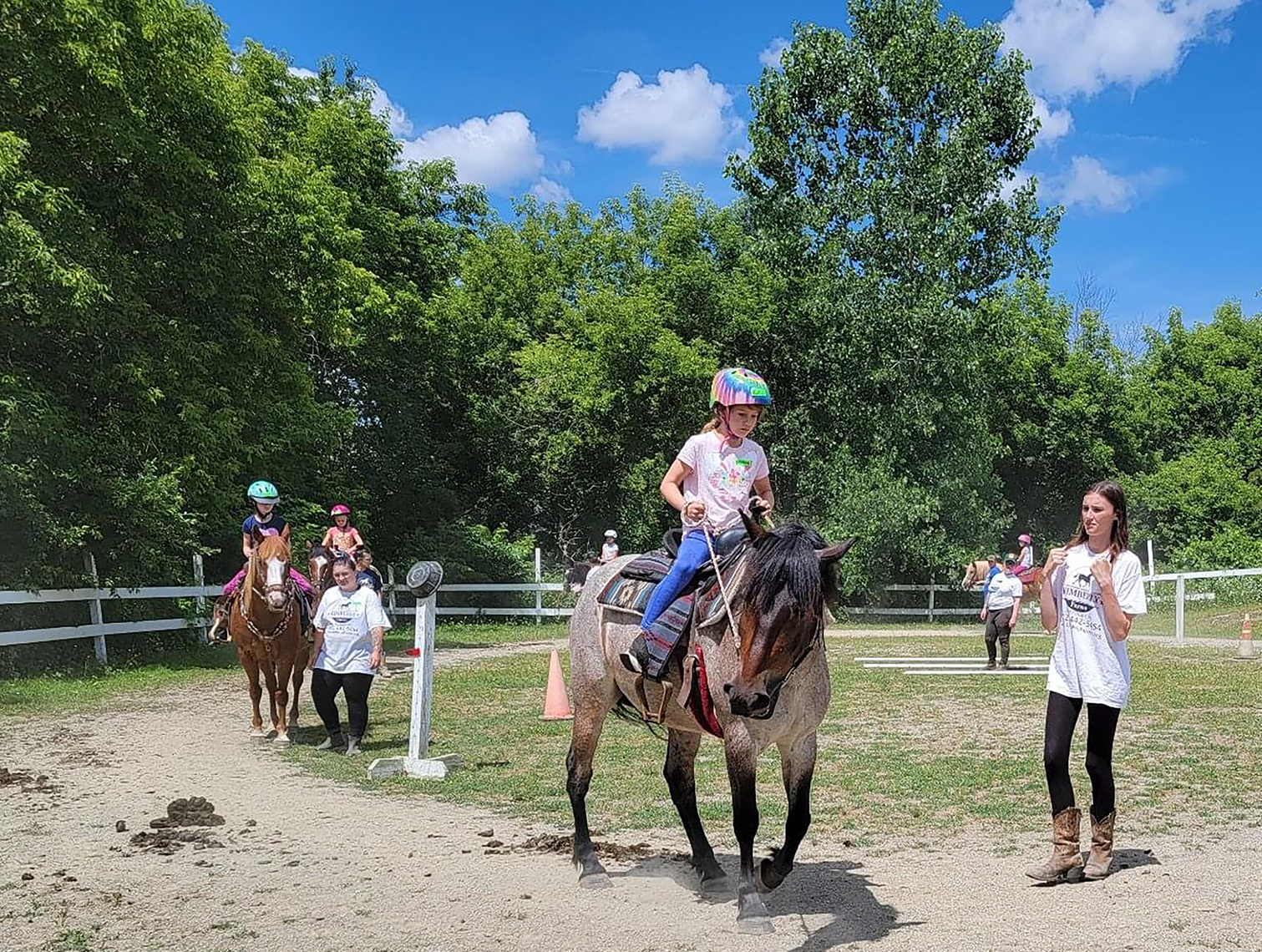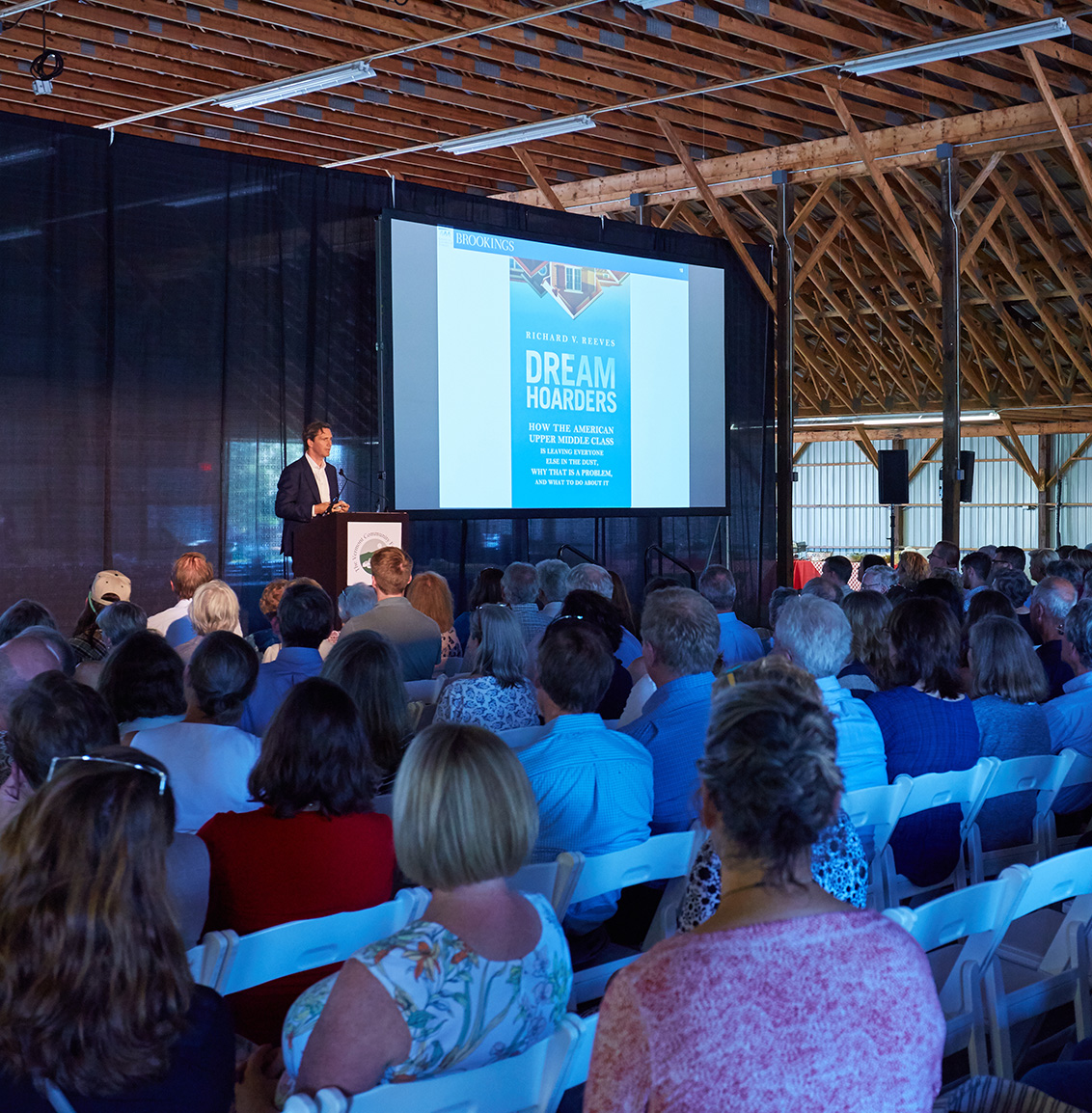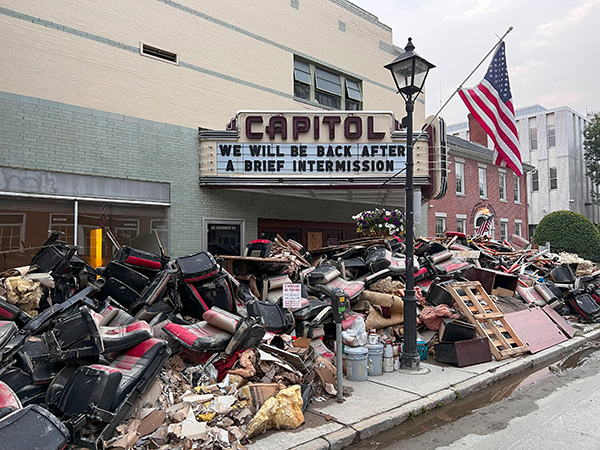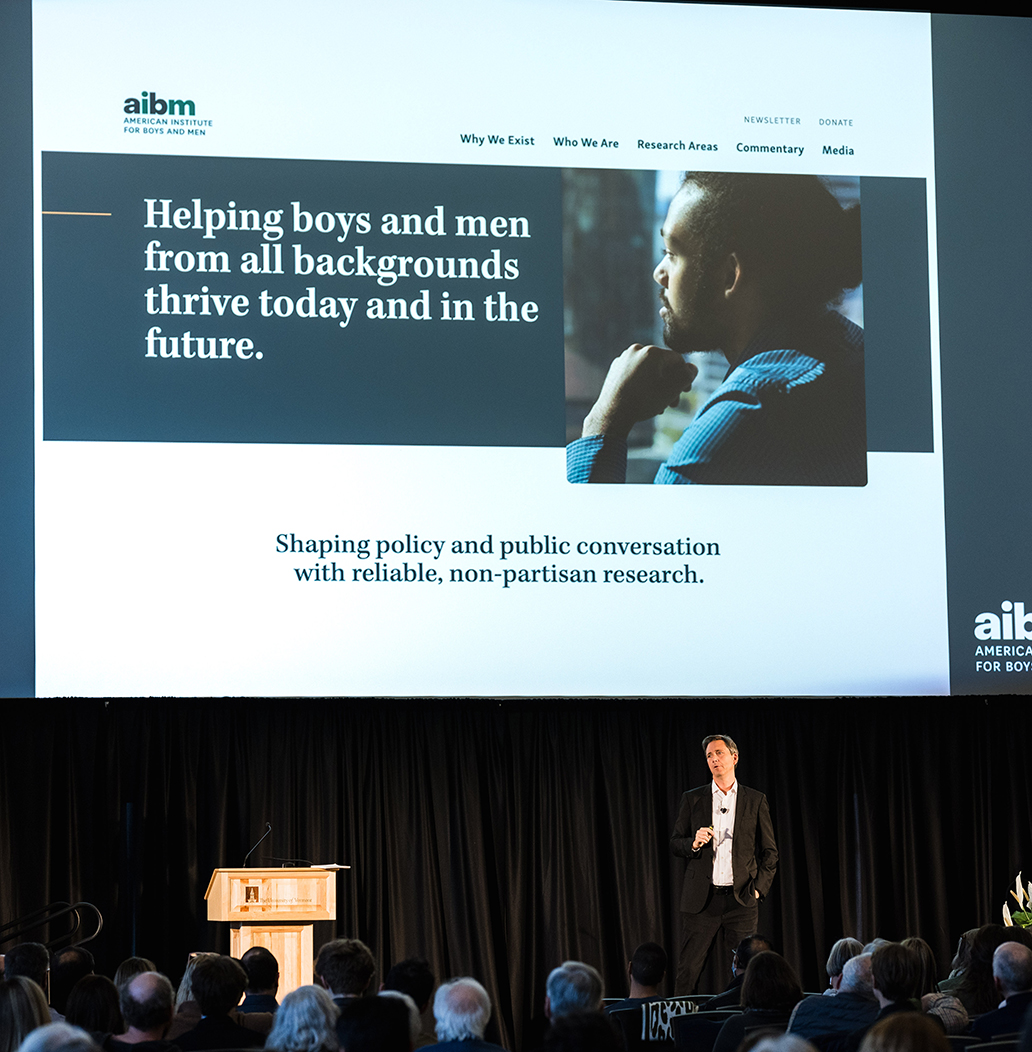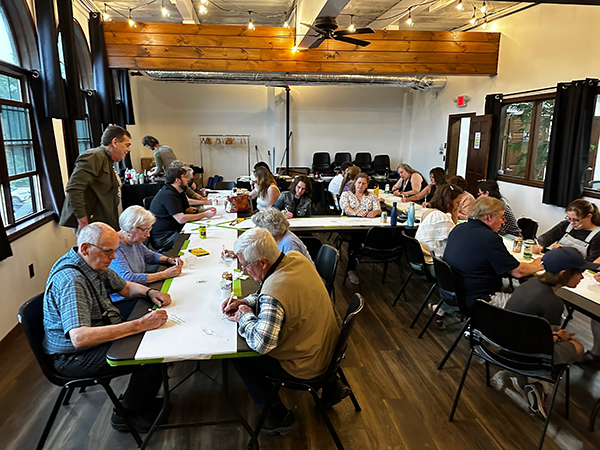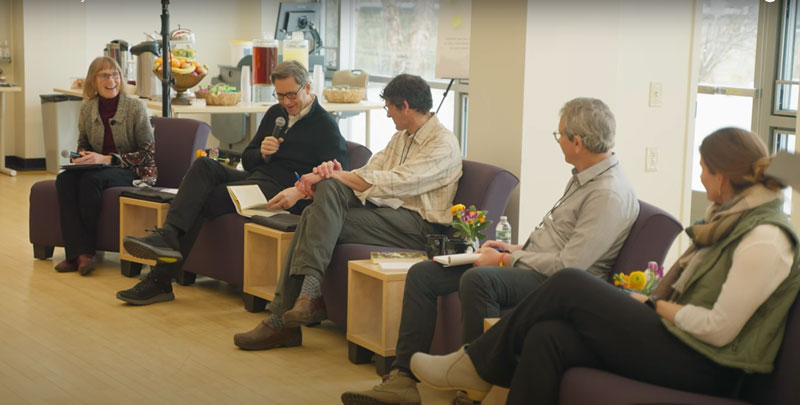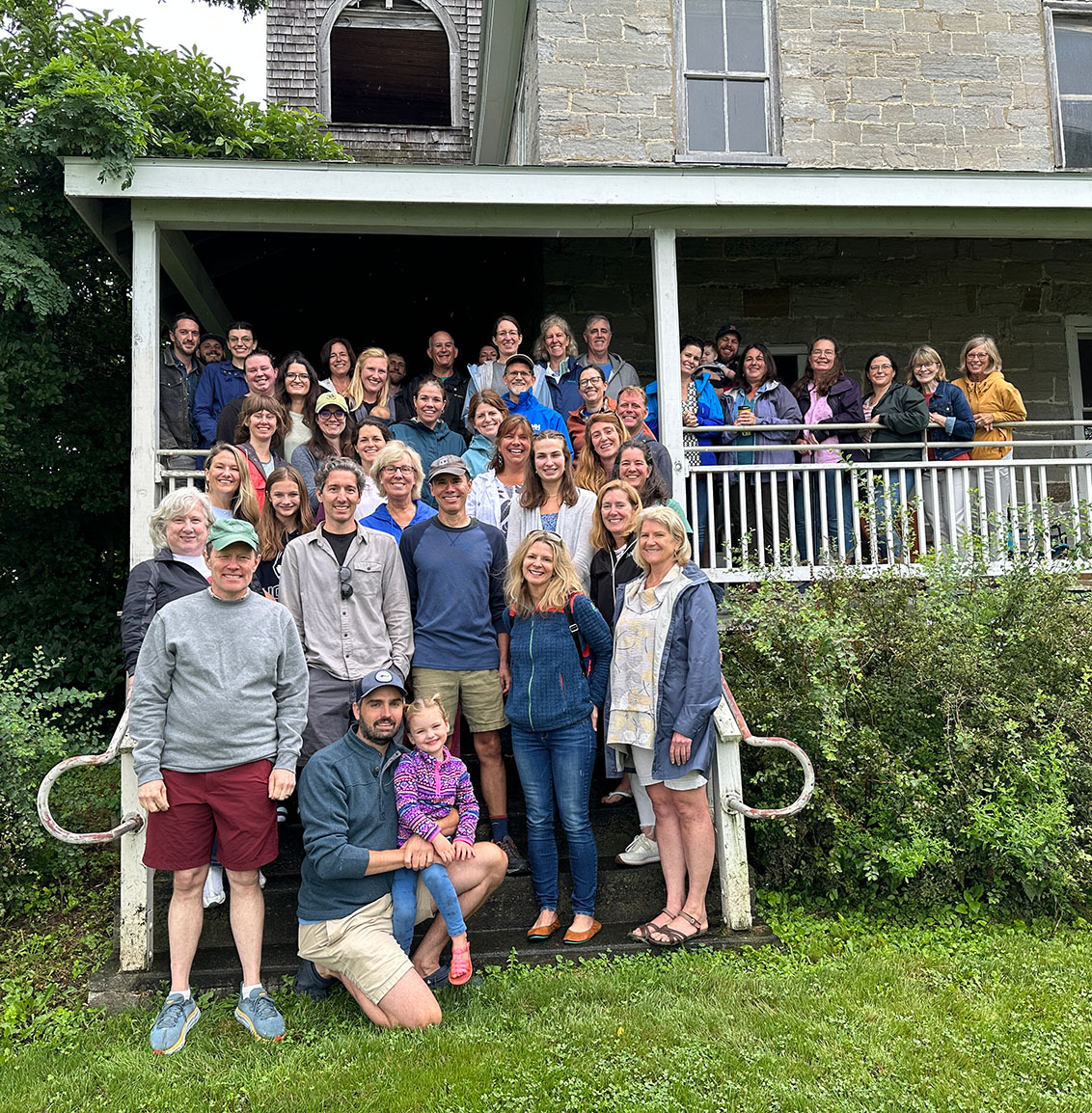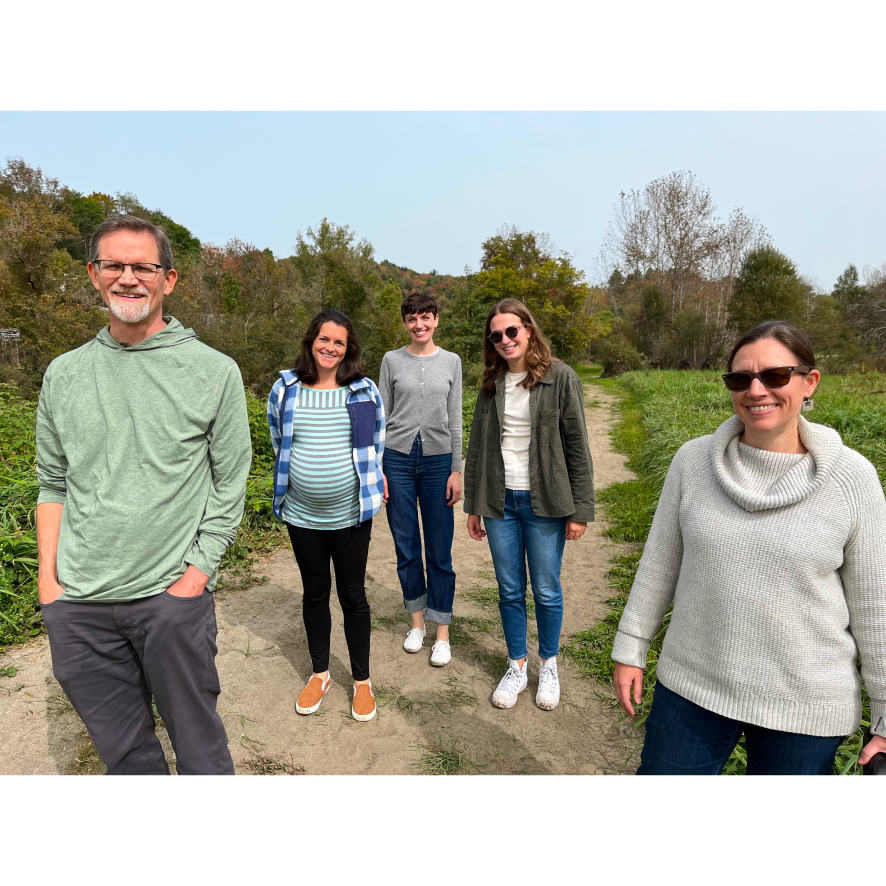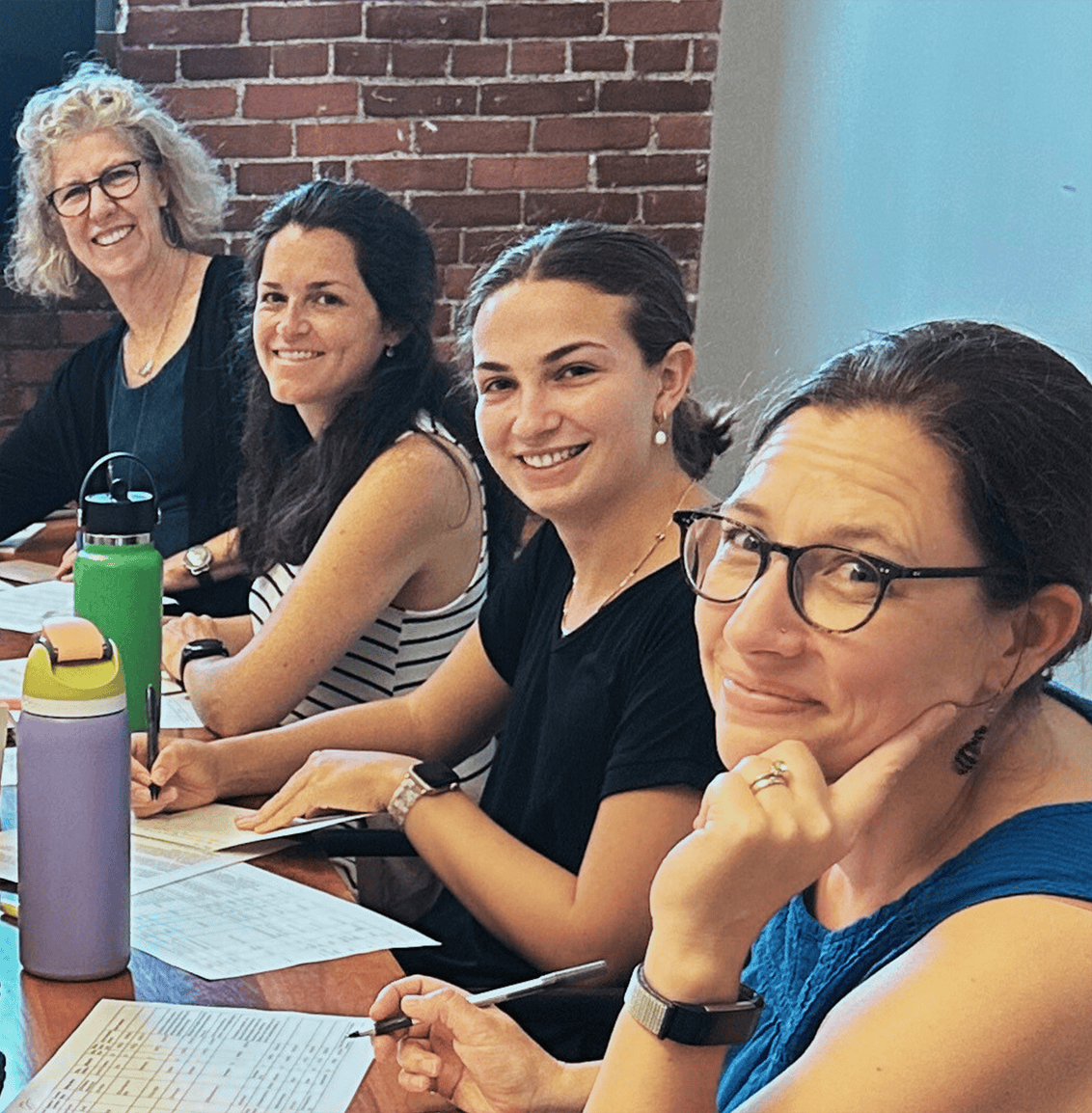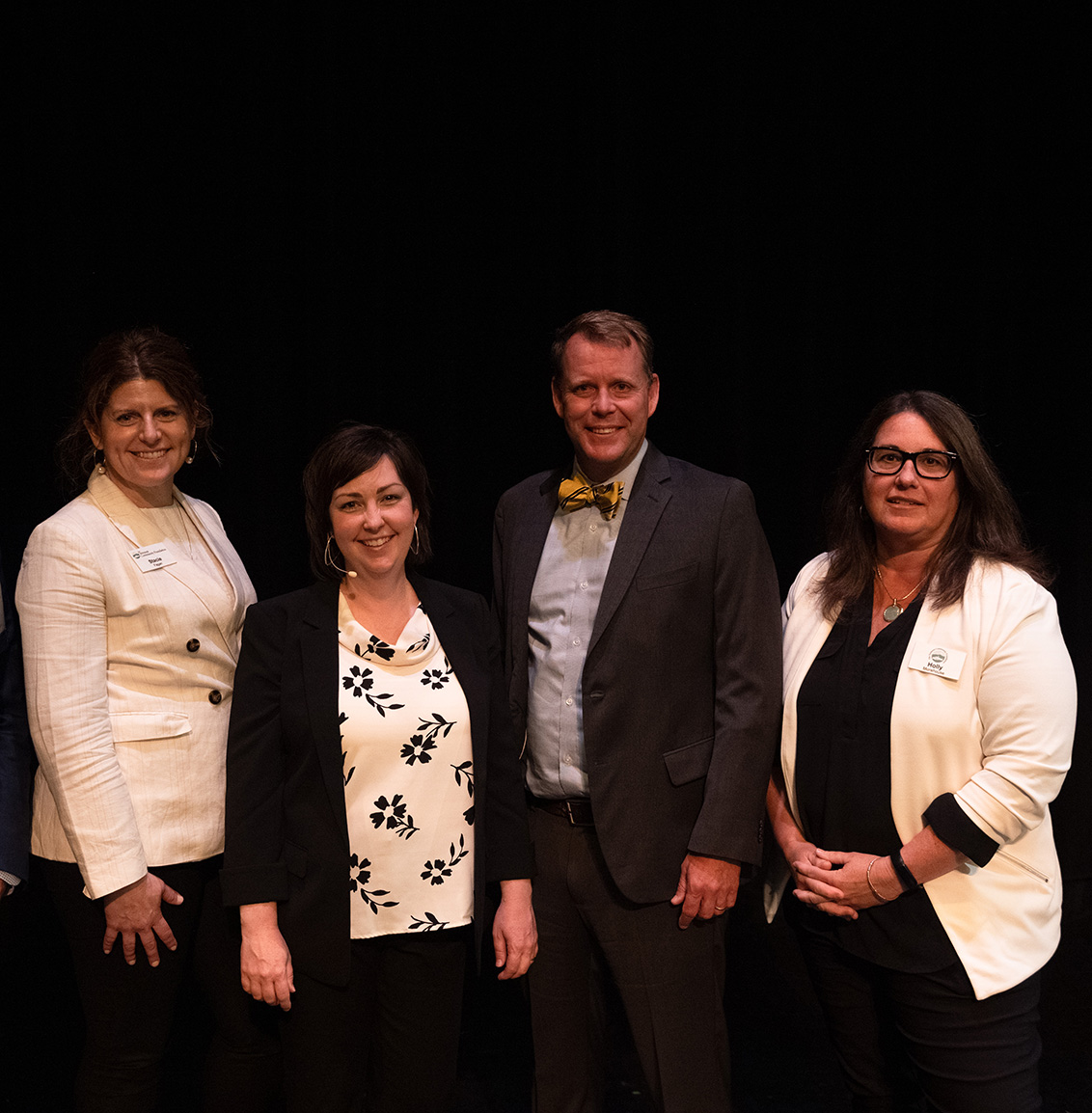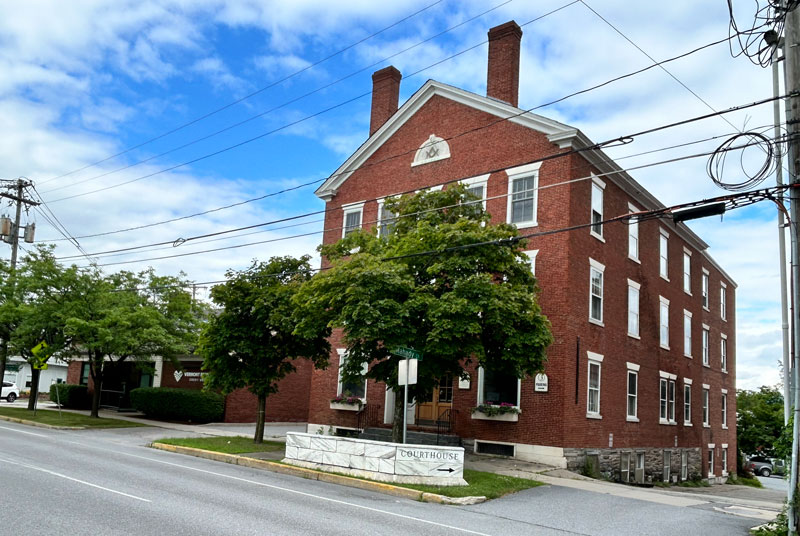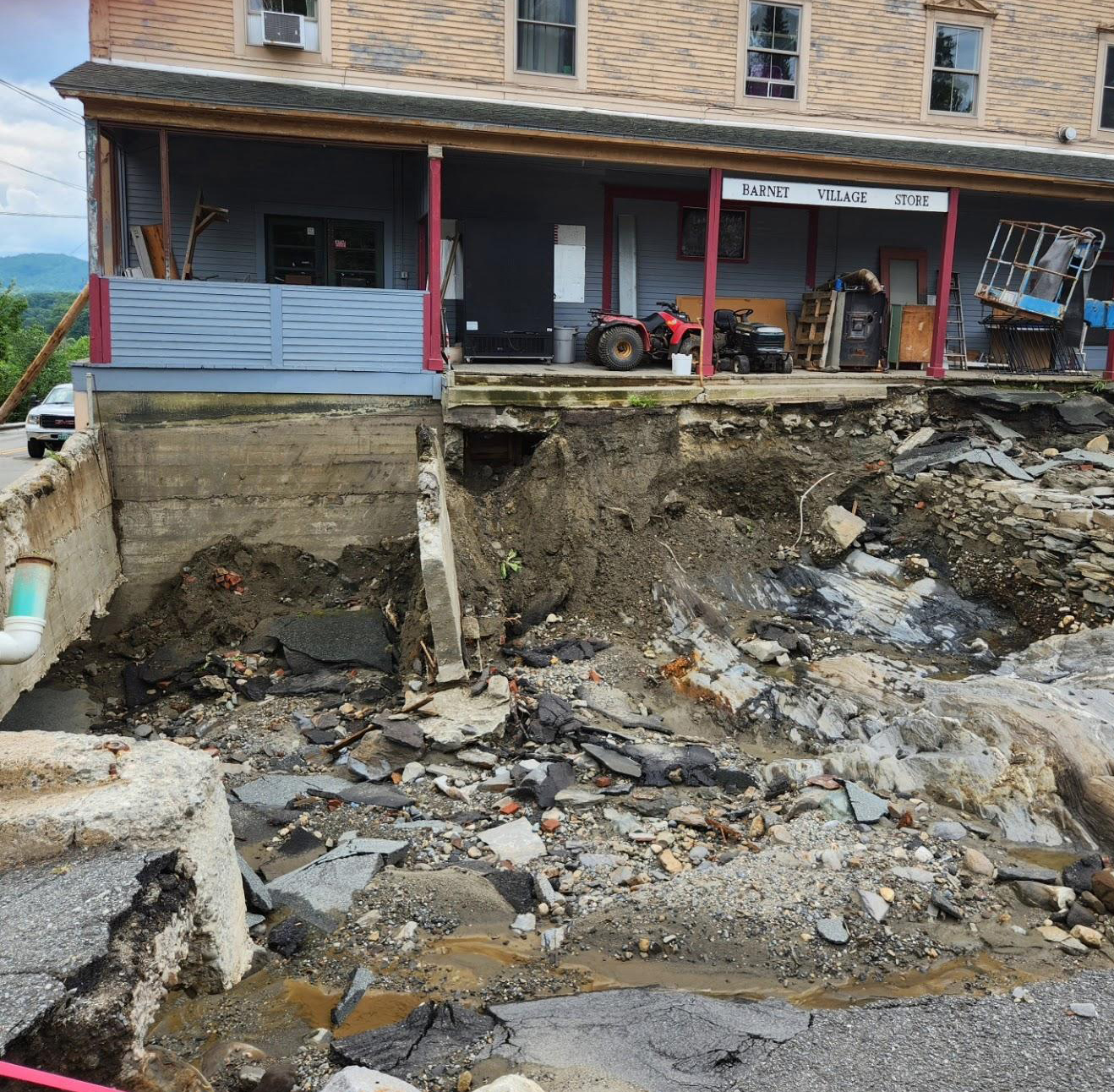The Foundation’s dear friend Cornelius Hogan of Plainfield, Vermont passed away in August of 2018. During his lifetime, he served as a Senior Fellow with the Center for the Study of Social Policy, a Senior Consultant for the Annie E. Casey Foundation, a faculty member of the National Governor’s Association Center for Best Practice, a Fletcher Allen Health Care Director, Chair of the National Advisory Committee for the Robert Wood Johnson initiative for Strengthening Families through health care access, a member of the Advisory Committee for the National Center for Children in Poverty, and as a consultant to the Children’s Defense Fund in the fashioning of a program to cover all children for health insurance. He was Secretary of Vermont’s Agency of Human Services from 1991 through 1999.
He holds a master’s degree in government administration from the Wharton School of the University of Pennsylvania. Hogan earned his undergraduate degree at Rutgers University. He was awarded an honorary Doctor of Laws degree from the University of Vermont, where he presented the commencement address for the graduating UVM Class of 2000. And he was awarded an Honorary Doctor of Humane Letters from Green Mountain College in May 2012.
He was president of the American Public Human Services Association, a director of the Permanent Fund for Vermont’s Children, and a member of the Board of Trustees of the Vermont College of Fine Arts. Hogan had a 15-year career in corrections, including serving as Vermont’s Corrections Commissioner. He was also president and CEO of a successful mid-sized corporation for a decade in the 1980s.
Hogan was active in a variety of efforts to improve the circumstances of children, families, and communities including: the closing of Vermont’s only children’s reform school; closing of Vermont’s only training school for persons designated developmentally disabled; reducing the census at the Vermont State Hospital; implementing a statewide welfare reform program in 1994; and establishing outcomes throughout Vermont that have demonstrated measurable, significant, and sometimes dramatic improvement in the condition of Vermont’s people, in areas such as child support collections, parentage establishment, child abuse, teen pregnancy, and early childhood health and nutrition programs.
He was also a resource to local, state, federal and other nations, working in Ireland, Scotland, the Netherlands, the UK, Australia, Israel, Chile, Northern Ireland and Norway in the work of finding common purpose and obtaining results in the well being of children, families, and communities. And as a member of the five-person Green Mountain Care Board, he was charged with helping Vermont move toward a universal, unified health care system, in which all Vermonters can access affordable and appropriate health care at the appropriate time and in the appropriate setting.
He was the author or co-author of many books, including: Vermont Communities Count: Using Results to Strengthen Services for Families and Children, At the Crossroads: The Future of Health Care in Vermont, Gridlock: The Unhealthy Politics of Health Care in Vermont, Outcomes: Reframing Responsibility for Well-Being, and three books of short stories: Met Along the Way: Short Stories About People in Vermont, Also Met Along the Way, and Finally Met Along the Way.
